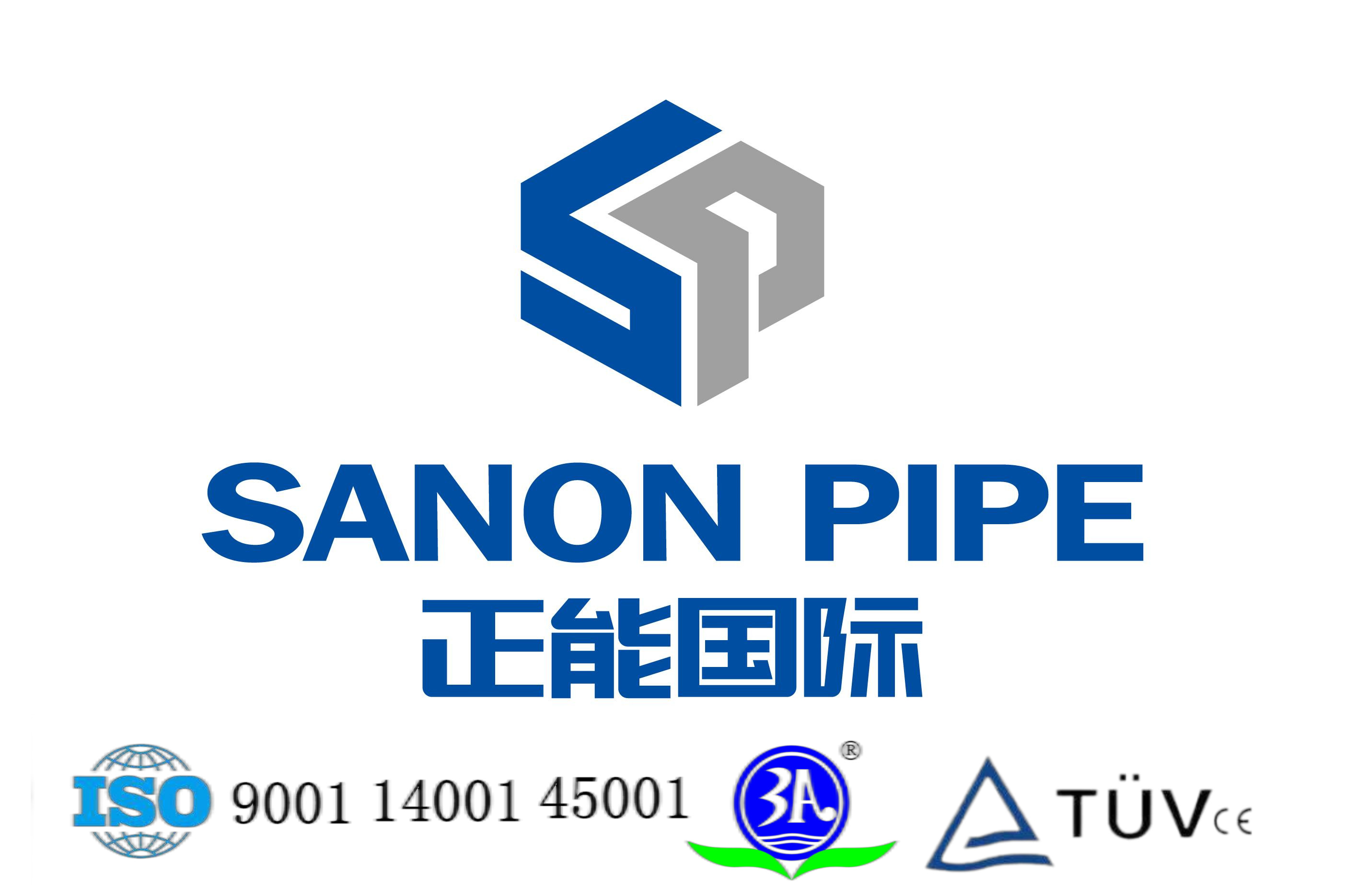When encountering an order that needs to be produced, it is generally necessary to wait for production scheduling, which varies from 3-5 days to 30-45 days, and the delivery date must be confirmed with the customer so that both parties can reach an agreement.
The production process of seamless steel pipes mainly includes the following key steps:
1. Billet preparation
The raw materials of seamless steel pipes are round steel or ingots, usually high-quality carbon steel or low-alloy steel. The billet is cleaned, its surface is checked for defects, and cut into the required length.
2. Heating
The billet is sent to the heating furnace for heating, usually at a heating temperature of about 1200℃. Uniform heating must be ensured during the heating process so that the subsequent perforation process can proceed smoothly.
3. Perforation
The heated billet is perforated by a perforator to form a hollow rough tube. The commonly used perforation method is "oblique rolling perforation", which uses two rotating oblique rollers to push the billet forward while rotating it, so that the center is hollow.
4. Rolling (stretching)
The perforated rough pipe is stretched and sized by various rolling equipment. There are usually two methods:
Continuous rolling method: Use a multi-pass rolling mill for continuous rolling to gradually extend the rough pipe and reduce the wall thickness.
Pipe jacking method: Use a mandrel to assist in stretching and rolling to control the inner and outer diameters of the steel pipe.
5. Sizing and reducing
In order to achieve the required precise size, the rough pipe is processed in a sizing mill or a reducing mill. Through continuous rolling and stretching, the outer diameter and wall thickness of the pipe are adjusted.
6. Heat treatment
In order to improve the mechanical properties of the steel pipe and eliminate internal stress, the production process usually includes a heat treatment process such as normalizing, tempering, quenching or annealing. This step can improve the toughness and durability of the steel pipe.
7. Straightening and cutting
The steel pipe after heat treatment may be bent and needs to be straightened by a straightener. After straightening, the steel pipe is cut to the length required by the customer.
8. Inspection
Seamless steel pipes need to undergo strict quality inspections, which usually include the following:
Appearance inspection: Check whether there are cracks, defects, etc. on the surface of the steel pipe.
Dimension inspection: Measure whether the diameter, wall thickness and length of the steel pipe meet the requirements.
Physical property inspection: such as tensile test, impact test, hardness test, etc.
Non-destructive testing: Use ultrasound or X-ray to detect whether there are cracks or pores inside.
9. Packaging and delivery
After passing the inspection, the steel pipe is treated with anti-corrosion and anti-rust treatment as required, and packed and shipped.
Through the above steps, the seamless steel pipes produced are widely used in oil, natural gas, chemical, boiler, automobile, aerospace and other fields, and are widely recognized for their high strength, corrosion resistance and good mechanical properties.
Post time: Oct-17-2024





